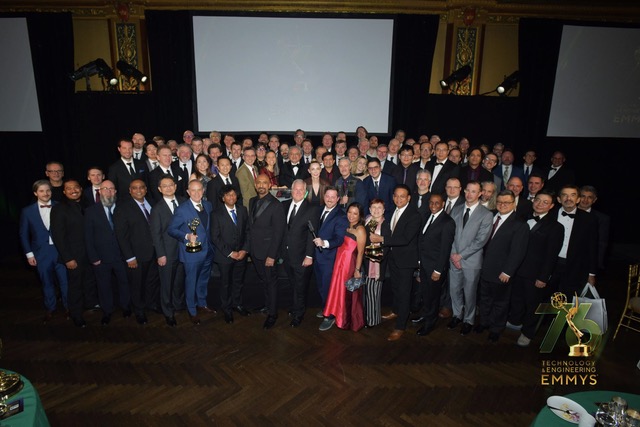SkyCross Announces New Antenna Technology
Antenna diversity has long been used to improve reception, often involving multiple antennas spread over acres of land for shortwave communications.
More recently, multiple antennas have been used for transmission as well in MIMO (multiple input, multiple output) wireless systems to increase data bandwidth. These devices are a lot smaller, but finding space for multiple antennas with sufficient isolation to offer the benefits of diversity is difficult with the limited space available in hand-held devices or USB sticks.
SkyCross announced a new technology this week that may solve that problem—iMAT, which stands for “isolated Mode Antenna Technology.”
A single antenna structure is used, with multiple feed points to provide high isolation, low correlation and high per-feed radiation efficiency in less space than would be required for comparable performance with separate antenna structures.
“iMAT provides a new way to create a diversity or MIMO system,” said Chris Morton, CEO of SkyCross. “Now any wireless device can offer advanced antenna technology that was not previously feasible for small consumer electronics. As a result, end users will realize the full potential of their wireless services and demand faster connections at an increasing rate.”
None of the iMAT products shown on the SkyCross Web site cover TV bands.
While one antenna, the iMAT-1030, is specified to operate from 824 to 2170 MHz—a wider range of frequencies on a percentage basis than the UHF TV band—it isn’t clear the isolation is maintained for all frequencies in that range.
Graphs in the white paper describing the technology show isolation decreases significantly above and below the antenna resonant frequency, even over the relatively narrow (when compared to UHF TV) 2.3-2.6 GHz frequency range. That wouldn’t be surprising if the technology relies on the phasing of the multiple feed points to achieve isolation, but it could make it difficult to use over the 470-698 MHz TV band.
Sennheiser selected SkyCross to supply antennas for wireless headsets. It will be interesting to see if this technology can be used with mobile broadcast DTV systems.
The professional video industry's #1 source for news, trends and product and tech information. Sign up below.

Doug Lung is one of America's foremost authorities on broadcast RF technology. As vice president of Broadcast Technology for NBCUniversal Local, H. Douglas Lung leads NBC and Telemundo-owned stations’ RF and transmission affairs, including microwave, radars, satellite uplinks, and FCC technical filings. Beginning his career in 1976 at KSCI in Los Angeles, Lung has nearly 50 years of experience in broadcast television engineering. Beginning in 1985, he led the engineering department for what was to become the Telemundo network and station group, assisting in the design, construction and installation of the company’s broadcast and cable facilities. Other projects include work on the launch of Hawaii’s first UHF TV station, the rollout and testing of the ATSC mobile-handheld standard, and software development related to the incentive auction TV spectrum repack. A longtime columnist for TV Technology, Doug is also a regular contributor to IEEE Broadcast Technology. He is the recipient of the 2023 NAB Television Engineering Award. He also received a Tech Leadership Award from TV Tech publisher Future plc in 2021 and is a member of the IEEE Broadcast Technology Society and the Society of Broadcast Engineers.
